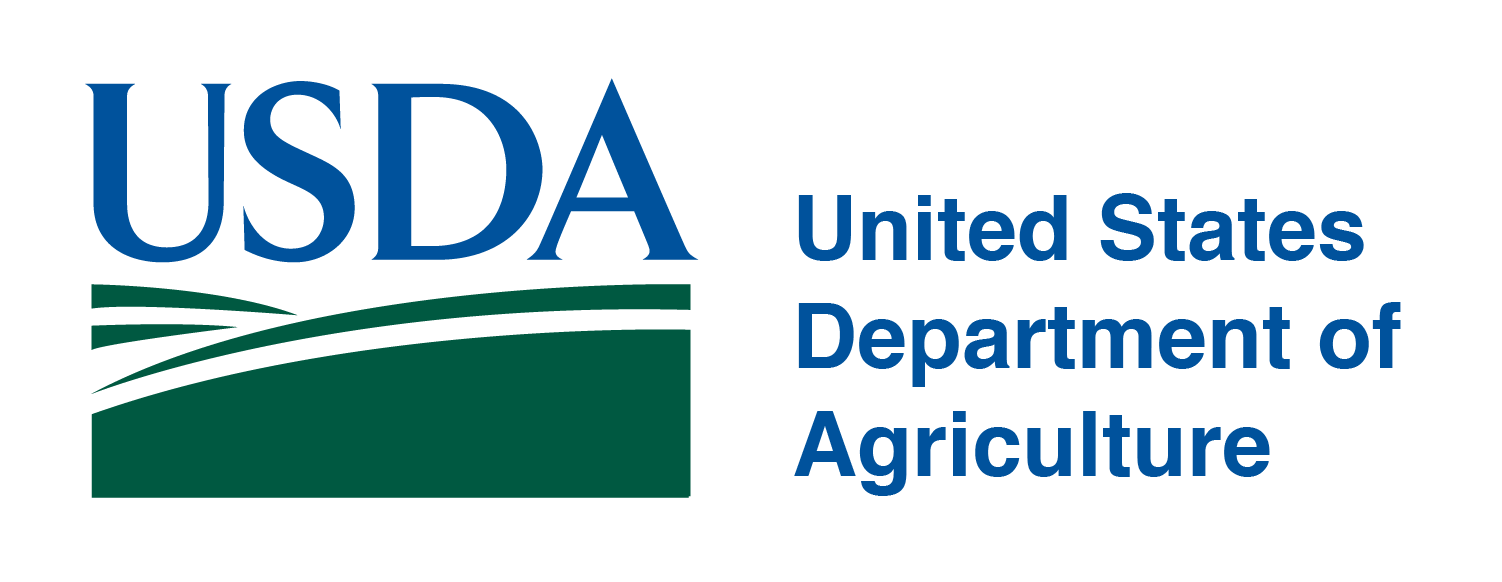
Acting Assistant Secretary Dana Gartzke and External Affairs Director Joel Frushone, of the Economic Development Agency (EDA) briefed ARC, the Delta Regional Authority and the Northern Border Regional Commission on the EDA CARES Act Recovery Assistance program, a new grant program developed via the Coronavirus Aid, Relief, and Economic Security (CARES) Act and is being administered under the authority of the bureau’s Economic Adjustment Assistance (EAA) program. This $1.5 billion initiative provides a wide-range of financial assistance to communities and regions as they respond to and recover from the impacts of COVID-19. While mostly available via a competitive process, support may also be available to LDDs, universities, revolving loan funds and other entities on a non-competitive basis.
“COVID-19 has accelerated economic changes. Just as you see it in the aftermath of natural disasters, rural, urban, small and large business, local government, all of us have been impacted by this virus and are still being impacted,” said Phil Paradice, Regional Director, EDA Atlanta Regional Office.
In order to be more responsive to businesses that are impacted by COVID-19, EDA leadership added staff in order to ensure applicants receive an initial response within 30 days after submitting a full application. The EDA has also taken steps to waive certain restrictions such as no interest loans, or waiving various leverage requirements, so revolving loan funding can drive needed and necessary capital into small businesses to help them survive.
For more information and resources please visit, www.EDA.gov/coronavirus.





